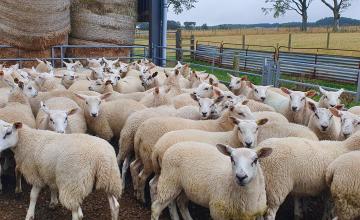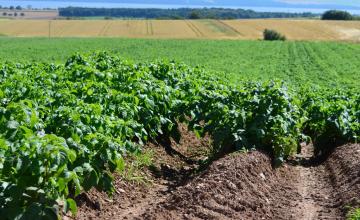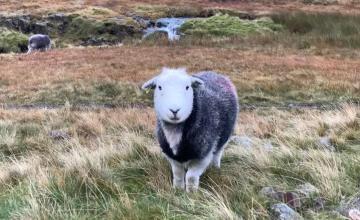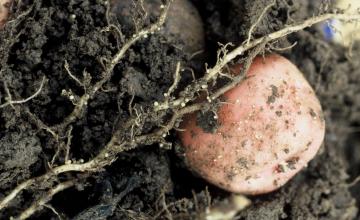PhD
Biomathematics and Statistics Scotland
JCMB, The King's Buildings,
Peter Guthrie Tait Road,
EDINBURGH, EH9 3FD, Scotland, UK.
My role is split between the management and provision of statistical consultancy and support to researchers at the Moredun Research Institute and the development of mathematical and statistical modelling approaches with applications principally in animal health and welfare but also more widely in ecology and epidemiology. I am experienced in the design and analysis of studies relating to animal health and welfare, and experiments, surveys and observational studies involving livestock on research farms and real farms, using both statistical and mathematical modelling techniques. Much of my consultancy work involves applying linear mixed models or generalised linear mixed models to complex experimental or observational data including animal health measurements and animal behaviour but I also use other statistical methods as appropriate to the objectives of projects. I have a particular interest in the development of stage-structured life cycle models of disease vectors, parasites and plant pests.
Details of my main areas of current and recent research projects are given below and case studies of the work I have been involved with are at the bottom of this page.
Stage-structured modelling of disease vectors and crop pests
I have been involved in projects modelling mosquito seasonal abundance and related disease risk (West Nile virus, dengue) using ordinary and delay-differential equations and projects modelling the impacts of crop pests (potato cyst nematodes, cabbage stem flea beetle) using similar approaches. I am currently involved in a project incoporating these approaches into a whole-farm model to study the potential efficacy of novel farm management strategies on the control of gastro-intestinal nematodes in sheep.
Vector-borne disease
Press releases and media articles
Papers
- Ewing DA, Purse BV, Cobbold CA and White SM. 2021 A novel approach for predicting risk of vector-borne disease establishment in marginal temperate environments under climate change: West Nile virus in the UK. Journal of the Royal Society Interface 20210049.
- Ewing DA, Purse BV, Cobbold CA, Schäfer SM and White SM. 2019 Uncovering mechanisms behind mosquito seasonality by integrating mathematical models and daily empirical population data: Culex pipiens in the UK. Parasites & Vectors 12 (74).
- Ewing DA, Cobbold CA, Purse BV, Nunn MA and White SM. 2016 Modelling the effect of temperature on the seasonal population dynamics of temperate mosquitoes. Journal of Theoretical Biology 400 (65-74).
- Brass D, Cobbold CA, Ewing DA, Purse BV, Callaghan A and White SM. 2021 Phenotypic plasticity as a cause and consequence of population dynamics. Ecology Letters 24 (11) p2406-2417.
Crop pests
Press releases and media articles
Papers
- Ewing DA, H Kettle, VC Blok. 2022 More accurate measurement of temperature in potato drills increases predicted potato cyst nematode population growth. Plant Pathology 71 (4), 1010-1019
- Ewing DA, Blok V and Kettle H. 2021 A process-based, stage-structured model of potato cyst nematode population dynamics: Effects of temperature and resistance. Journal of Theoretical Biology 522 (110701).
Exact Bayesian inference of epidemiological parameters
I am interested in the development of data augmented MCMC approaches to infer epidemiological parameters with partial observations. I have recently applied these approaches to on-farm mortality data early in outbreaks of African swine fever and I am currently exploring applications in avian influenza and ovine pulmonary adenocarcinoma.
Papers
- Ewing DA, Pooley CM, Gamado KM, Porphyre T, Marion G. 2022 Exact Bayesian inference of epidemiological parameters from mortality data: application to African swine fever virus. Journal of the Royal Society Interface 2022001.







